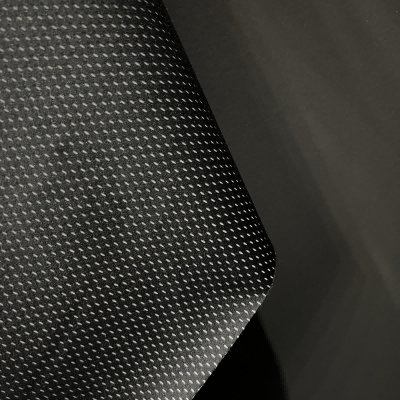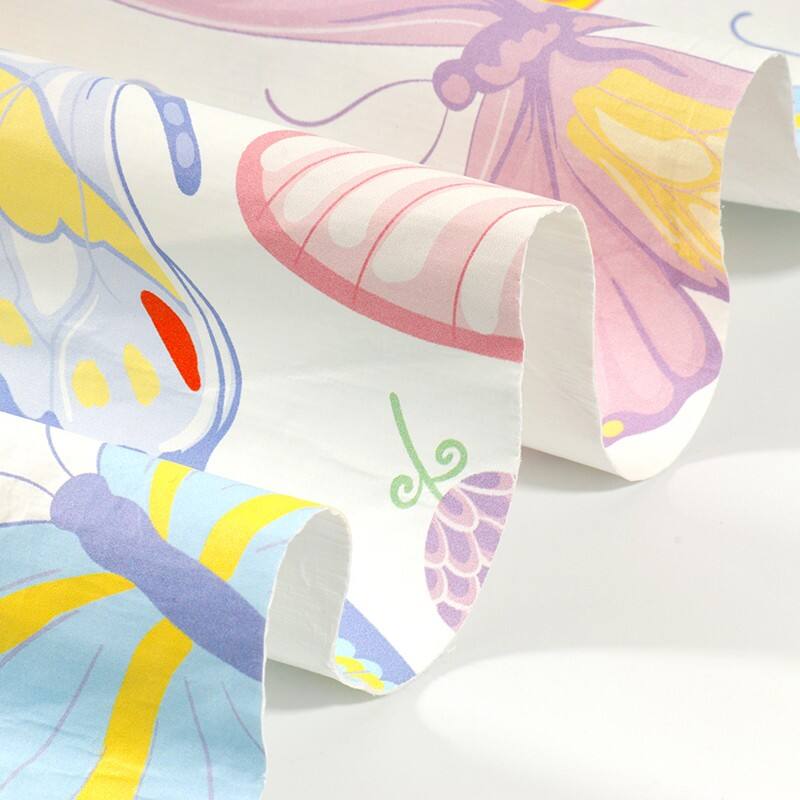tear resistant fabric
Tear resistant fabric represents a revolutionary advancement in textile engineering, combining durability with practical functionality. This innovative material is engineered using high-strength fibers and specialized weaving techniques that create an exceptionally robust structure capable of withstanding significant stress and strain. The fabric's construction typically involves a blend of synthetic materials such as nylon, polyester, or aramid fibers, arranged in a precise pattern that distributes force across the entire surface. This unique composition results in a material that actively resists tearing, puncturing, and abrasion while maintaining flexibility and comfort. The technology behind tear resistant fabric involves both the molecular structure of the fibers and their arrangement in the weave, creating multiple layers of protection. These fabrics find applications across numerous industries, from outdoor gear and protective clothing to industrial equipment covers and military applications. The material's ability to maintain its integrity under extreme conditions makes it particularly valuable in situations where reliability is crucial. Modern tear resistant fabrics also often incorporate additional features such as water resistance, UV protection, and breathability, making them versatile solutions for diverse applications.


